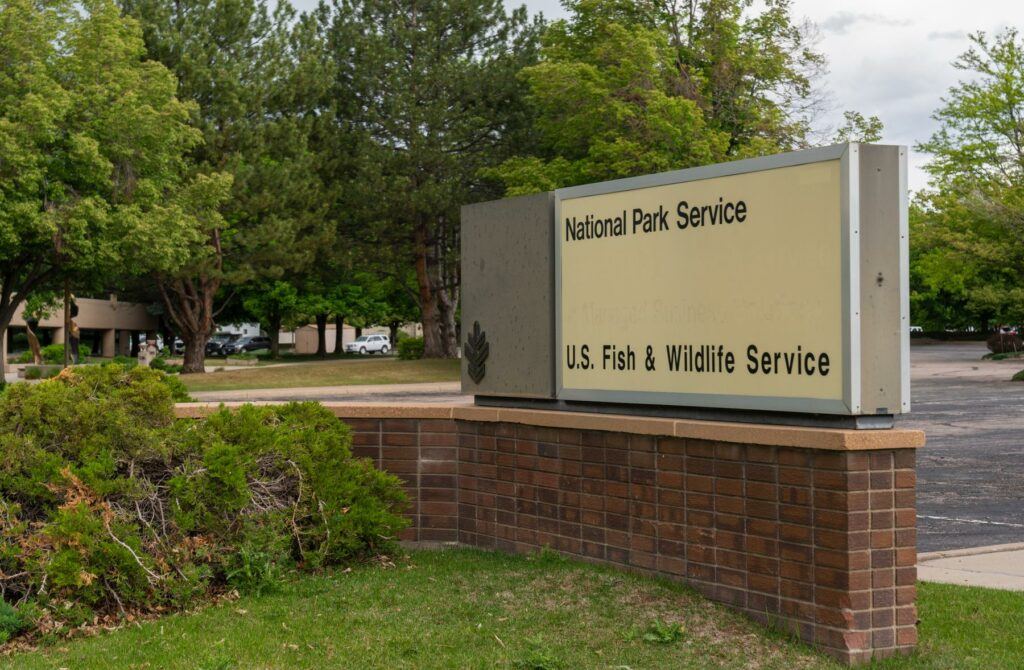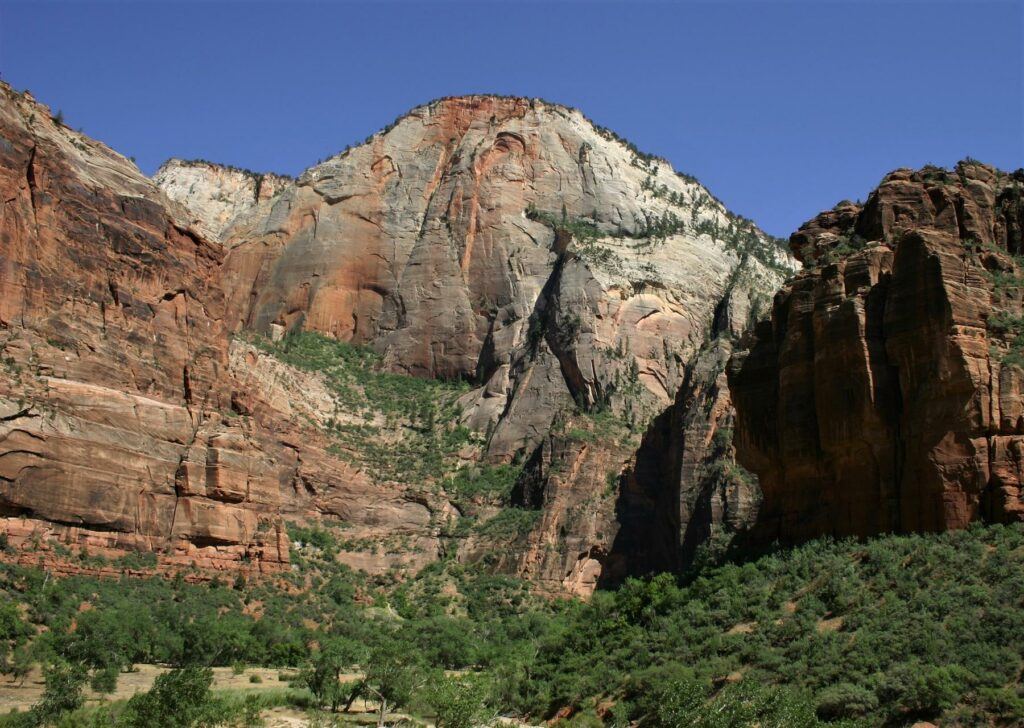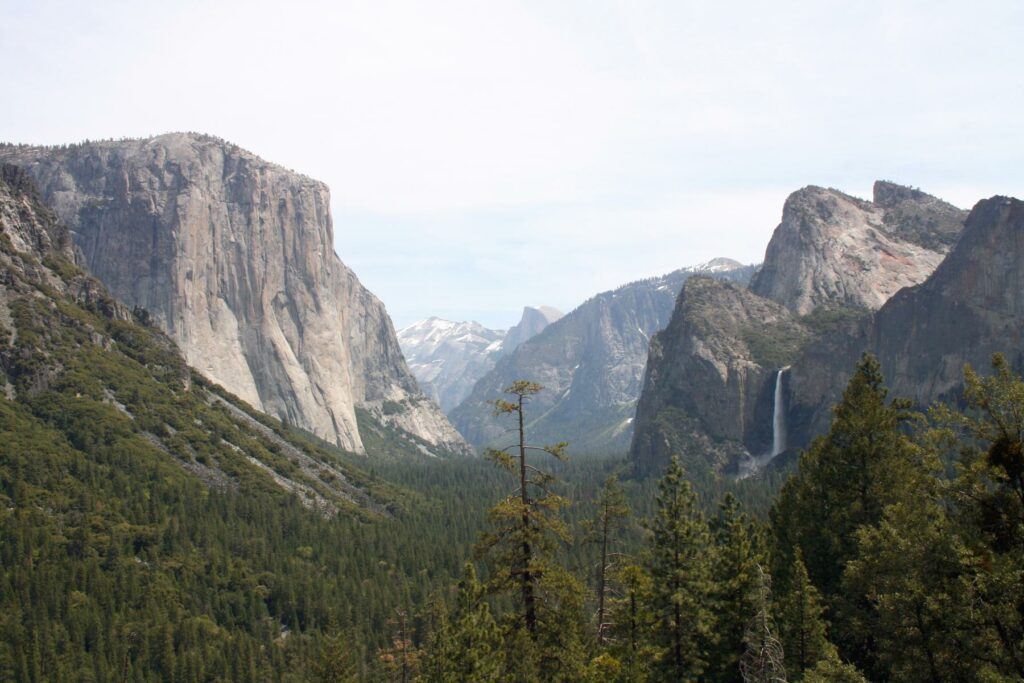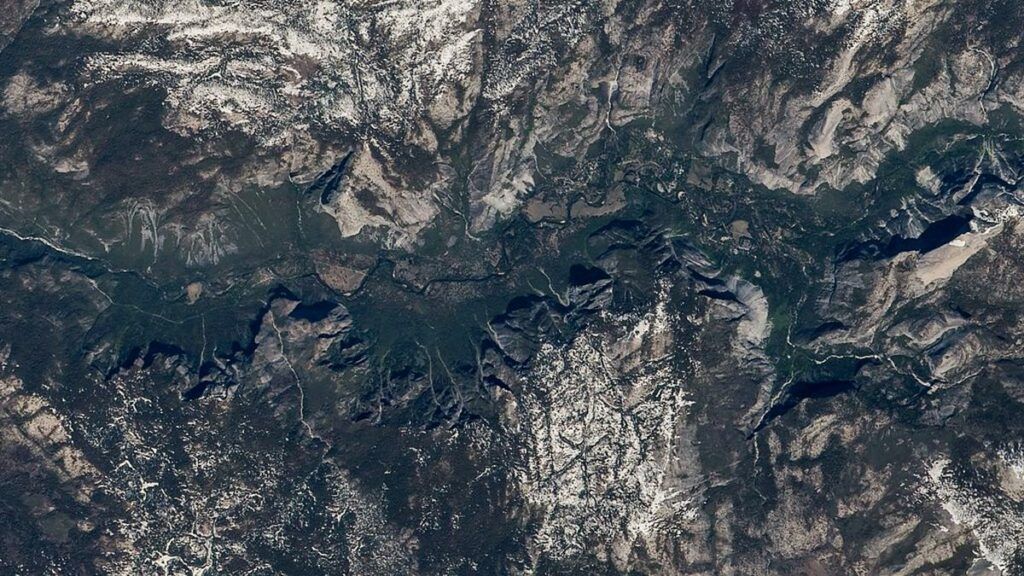The U.S. National Park Service: A Historical Overview and Its Importance Today
The U.S. National Park Service (NPS) is a federal government agency responsible for managing and preserving America’s national parks, monuments, and historic sites. Established in 1916, NPS has been protecting and preserving America’s natural and cultural heritage for over a century.
Since its inception, NPS has grown to manage over 400 sites across the country, including 63 national parks. In total, these sites cover over 84 million acres of land and attract more than 300 million visitors annually.
A Brief History of NPS
NPS was created by an act of Congress signed by President Woodrow Wilson on August 25, 1916. The agency was established to “conserve the scenery and the natural and historic objects and the wild life therein and to provide for the enjoyment of the same in such manner and by such means as will leave them unimpaired for the enjoyment of future generations.”
In its early years, NPS faced several challenges, including a lack of funding and political support. However, the agency persevered and has since become one of the most respected and admired federal agencies in the country.
The Importance of NPS Today
NPS plays a critical role in preserving America’s natural and cultural heritage. The agency is responsible for protecting some of the most beautiful and iconic landscapes in the world, including the Grand Canyon, Yosemite, and Yellowstone National Park.
In addition to its role in preserving natural and cultural resources, NPS also contributes to local economies and job creation. According to a report by the National Park Service, visitors to national parks contributed $41.7 billion to the U.S. economy in 2019 and supported over 340,000 jobs.
Overall, NPS is a vital agency that plays an important role in protecting America’s natural and cultural heritage for future generations.
The Great American Outdoors: NPS and Its Role in Preserving It
NPS plays a vital role in preserving America’s natural and cultural resources. According to NPS.gov, the agency’s mission is to “preserve unimpaired the natural and cultural resources and values of the National Park System for the enjoyment, education, and inspiration of this and future generations.”
NPS’s Management of National Parks, Monuments, and Historic Sites
NPS is responsible for managing over 400 sites across the country, including 63 national parks, 85 national monuments, and 78 national historic sites. In total, these sites cover over 84 million acres of land and provide visitors with a wide range of recreational opportunities.
As per USA.gov, NPS manages these sites through a variety of programs, including resource management, interpretation and education, and visitor services. The agency is also responsible for maintaining the infrastructure and facilities within the parks, including roads, trails, and campgrounds.
NPS’s Efforts to Preserve and Protect America’s Natural and Cultural Heritage
NPS is committed to preserving and protecting America’s natural and cultural heritage for future generations. The agency uses a variety of methods to achieve this, including:
- Conservation: According to NPS.gov, NPS works to conserve and protect the natural and cultural resources within the parks. This includes efforts to preserve wildlife habitat, protect endangered species, and restore ecosystems.
- Education and Interpretation: NPS provides visitors with educational programs and interpretive services to help them learn about the natural and cultural resources within the parks. These programs include ranger-led tours, exhibits, and educational materials.
- Sustainable Tourism: According to NPS.gov, NPS is committed to promoting sustainable tourism practices that minimize the impact of visitors on the natural and cultural resources within the parks. This includes efforts to reduce waste, conserve water and energy, and promote responsible recreation practices.
Overall, NPS’s efforts to preserve and protect America’s natural and cultural resources are critical to ensuring that future generations are able to enjoy these resources.
The Wonders of NPS: Exploring America’s National Parks
NPS manages 63 national parks across the United States, each with its unique natural wonders, historic sites, and recreational opportunities. Here are some of the most popular national parks to visit:
Yellowstone National Park
Yellowstone National Park, according to National Geographic, is America’s first national park and is known for its geothermal features, including the famous Old Faithful geyser. The park is also home to a variety of wildlife, including grizzly bears, wolves, and herds of bison and elk.
Yosemite National Park
Yosemite National Park, as per NPS.gov, is located in California’s Sierra Nevada mountains and is known for its granite cliffs, waterfalls, and giant sequoia trees. The park is a popular destination for hiking and rock climbing, with trails ranging from easy walks to strenuous treks.
Grand Canyon National Park
Grand Canyon National Park, according to GrandCanyon.org, is located in Arizona and is known for its awe-inspiring vistas and colorful rock formations. The park is also home to the mighty Colorado River, which runs through the canyon and is a popular destination for white-water rafting.
Visitation Statistics
According to NPS.gov, national parks received over 327 million visits in 2019, a 2.9% increase from the previous year. Among the top 10 most-visited national parks were Great Smoky Mountains National Park, Grand Canyon National Park, and Zion National Park.
Visiting a national park is an unforgettable experience that allows you to connect with nature and learn about America’s history and culture. Whether you’re looking for adventure, relaxation, or education, there’s a national park for everyone to enjoy.
Planning Your Visit to a National Park
Planning a visit to a national park requires some preparation to ensure a safe and enjoyable experience. Here are some tips to help you make the most of your trip:
Choosing a National Park
There are 63 national parks to choose from, each with its unique features and attractions. Consider what type of experience you’re looking for, whether it’s hiking, camping, wildlife viewing, or simply enjoying the scenery. Check out the NPS.gov website to explore your options and find a park that suits your interests.
When to Visit
The best time to visit a national park depends on the park’s location and the activities you plan to do. Some parks are busiest during the summer months, while others are more popular in the fall or spring. Check the park’s website for information on seasonal weather patterns and visitor traffic to plan your trip accordingly.
Lodging and Camping
Many national parks offer a variety of lodging options, including campsites, cabins, and lodges. According to Recreation.gov, reservations for campsites and lodging can fill up quickly, so it’s best to book in advance. If you’re planning to camp, make sure to bring appropriate gear and to follow park regulations for campfires and food storage.
Park Regulations
National parks have regulations in place to protect visitors and the natural environment. Before you visit, make sure to read up on the park’s rules and regulations, including guidelines for wildlife viewing, hiking, and camping. By following these regulations, you can help preserve the park for future generations to enjoy.
Safety Tips
Visiting a national park can be an exciting adventure, but it’s important to take precautions to ensure your safety. Some tips to keep in mind include:
- Bring plenty of water and snacks, especially if you plan to hike or spend time outdoors.
- Wear appropriate clothing and footwear for the activities you have planned.
- Check the weather forecast before you go and be prepared for changes in conditions.
- Stay on designated trails and be aware of your surroundings, especially around wildlife.
- Carry a map and familiarize yourself with the park’s layout and emergency procedures.
By planning ahead and taking necessary precautions, you can have a safe and enjoyable visit to a national park.
Getting Involved: How to Support NPS
NPS relies on the support of volunteers, donors, and partners to carry out its mission of preserving America’s natural and cultural resources. Here are some ways you can get involved and support NPS:
Volunteer Opportunities
NPS offers a variety of volunteer opportunities for people of all ages and skill levels. Volunteer positions can range from working in visitor centers to conducting scientific research. According to NPS.gov](https://www.nps.gov/getinvolved/volunteer.htm), volunteers contributed over 5.2 million hours of service to national parks in 2019. To learn more about volunteer opportunities, check out the [NPS Volunteer Program website.
Donations and Fundraising
NPS relies on donations and fundraising to support its programs and services. According to National Park Foundation](https://www.nationalparks.org/), the official charitable partner of NPS, donations help fund conservation efforts, educational programs, and infrastructure improvements within the parks. To make a donation, visit the [National Park Foundation website.
Partnerships and Collaborations
NPS works with a variety of partners and collaborators to achieve its mission. Partnerships can range from corporate sponsors to nonprofit organizations. According to NPS.gov](https://www.nps.gov/subjects/partnerships/index.htm), the agency has over 400 partnerships with organizations such as the National Park Foundation, the National Park Trust, and the Student Conservation Association. To learn more about partnership opportunities, check out the [NPS Partnerships website.
Citizen Science
Citizen science programs allow members of the public to contribute to scientific research within the parks. According to NPS.gov](https://www.nps.gov/subjects/citizen-science/index.htm), citizen science projects can range from monitoring wildlife populations to collecting data on climate change. To learn more about citizen science opportunities, check out the [NPS Citizen Science website.
By getting involved and supporting NPS, you can help ensure that America’s natural and cultural resources are preserved for future generations.
Conclusion
America’s national parks are a treasure trove of natural wonders, historic sites, and recreational opportunities. From the geysers of Yellowstone to the granite cliffs of Yosemite, there’s something for everyone to enjoy.
In this article, we’ve explored some of the most popular national parks to visit and shared tips for planning a safe and memorable trip. We’ve also discussed ways to get involved and support NPS in its mission to preserve America’s natural and cultural resources.
Visiting a national park is an experience like no other, offering a chance to connect with nature, learn about history, and make memories that will last a lifetime. So why not start planning your next national park adventure today?
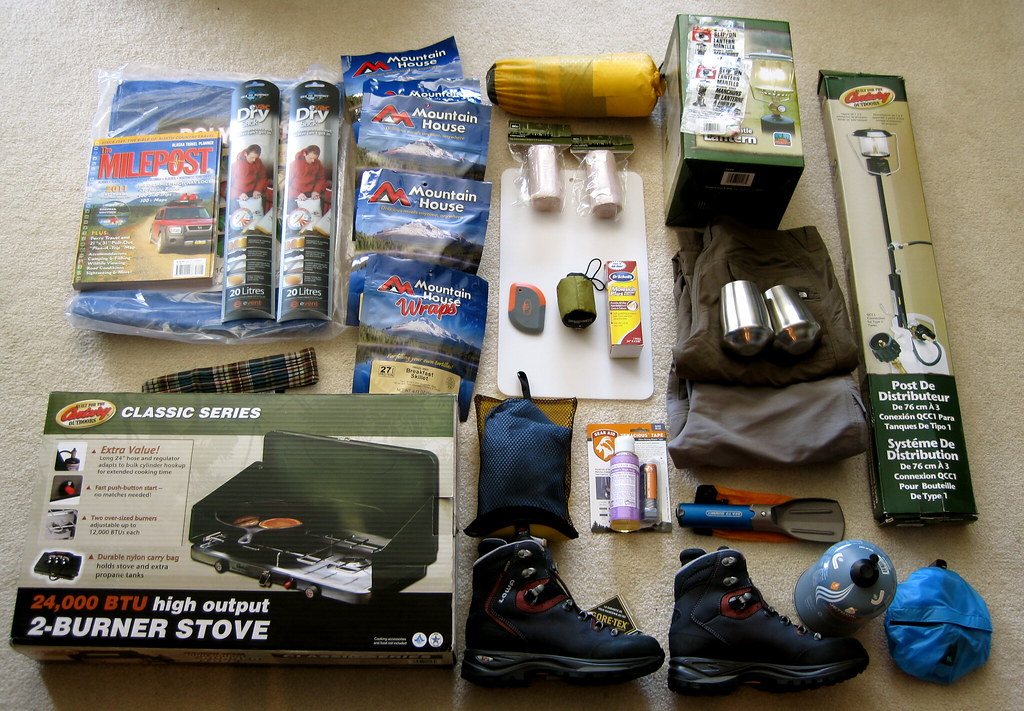
Explore More with Camping Gear Pro
If you’re planning a visit to a national park, having the right gear can make all the difference. At Camping Gear Pro, we offer a wide selection of camping gear and outdoor equipment to help you make the most of your trip.
From tents and sleeping bags to backpacks and cooking gear, we’ve got you covered. Our products are high-quality, durable, and designed to withstand the rigors of outdoor adventures. We also offer free shipping on orders over $49 and a hassle-free return policy, so you can shop with confidence.
Check out our Camping Gear Pro website to browse our selection of camping gear and outdoor equipment. Whether you’re a seasoned outdoors enthusiast or a first-time camper, we’ve got everything you need to make your next national park adventure a success.
Thank you for reading our article, we hope you found it informative and helpful. Be sure to check out our other great content for more tips on outdoor adventures and camping gear.
Q & A
Who founded the U.S. National Park Service?
The U.S. National Park Service was founded by President Woodrow Wilson in 1916.
What is the mission of the U.S. National Park Service?
The mission of the U.S. National Park Service is to preserve America’s natural and cultural resources for future generations.
How many national parks are in the U.S. National Park Service?
The U.S. National Park Service manages 63 national parks across the United States.
Who can visit national parks in the U.S.?
National parks in the U.S. are open to everyone, regardless of age, nationality, or physical ability.
What are some common activities to do in national parks?
Popular activities in national parks include hiking, camping, wildlife viewing, and scenic drives.
How can I plan a trip to a national park?
To plan a trip to a national park, research the park’s website, make reservations, and prepare for the weather and terrain.
What if I have concerns about my safety in a national park?
The U.S. National Park Service takes visitor safety seriously and offers resources for planning a safe and enjoyable trip.

